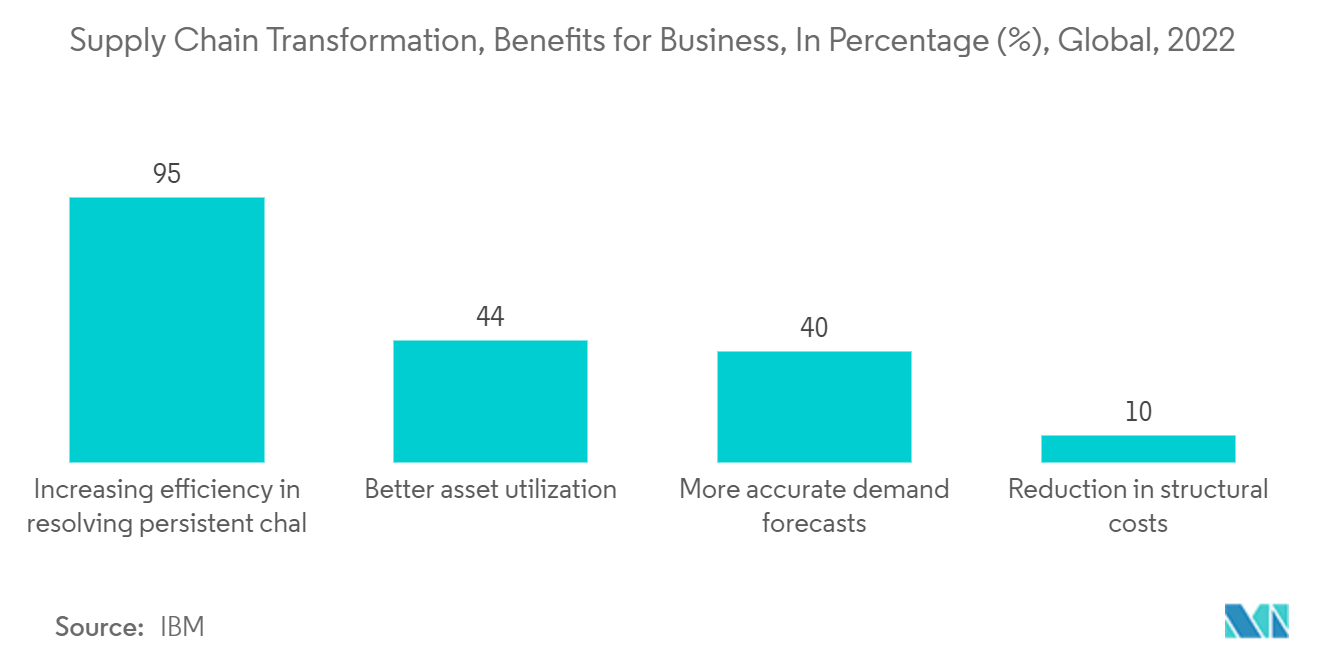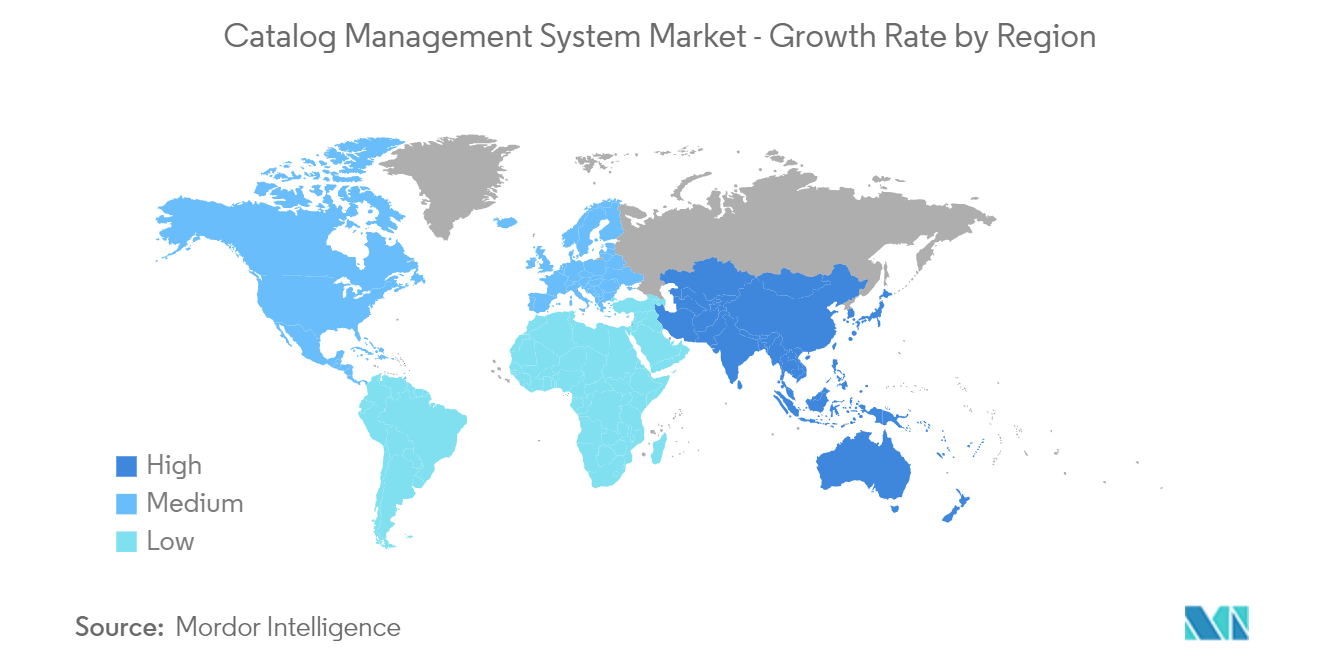Market Trends of Catalog Management System Industry
Growing Digital Transformation Initiatives Drives the Market Growth
- Growing digital transformation initiatives in the retail and e-commerce sector are driving the catalog management system market. Customers throughout the globe are growing more tech-savvy, preferring to interact with businesses through digital channels such as social media, smartphone applications, and websites. This industrial vertical is very concerned with customer satisfaction, requirements, and feedback, and it is progressively embracing digital technology. Furthermore, the retail and e-commerce sector vertical is designing customer interaction methods to meet the global need for digitally sophisticated customers.
- With the increasing need for smartphones and other data-hungry devices in the digital era, giving customers the right products at the right time continues to challenge CSPs. It can be challenging for CSPs to create, manage, and monetize data offers efficiently. A centralized product catalog assists in seizing revenue-generating opportunities, reducing time-to-market (TTM), delivering unparalleled Quality of Experience (QoE), retaining a profitable subscriber base, reducing churn, and improving brand loyalty.
- Furthermore, the increasing affordability of catalog management software is likely to propel the catalog management system market forward. Furthermore, the growing desire for centralized systems for better marketing and selling products and services is driving global demand. Small and medium-sized businesses and huge corporations use advanced software and services to centrally handle offers/discounts, product data, payment systems, and inventories. The newest technologies, such as artificial intelligence, are likely to improve the capabilities of catalog management solutions substantially, providing great growth potential to the catalog management systems market.
- To develop and improve their company operations, industries such as BFSI, retail, and healthcare have invested in and adopted new technologies such as Artificial Intelligence (AI) and Machine Learning (ML). By picking data from reliable sources, contextual suggestions, and product rankings, AI-enabled catalog management delivers enrichment procedures, anomaly detection, and automatic classification of items. AI-powered catalog management system solutions may generate automatic perceptions of data problems and aid in the creation of a unified perspective of the data.
- According to IBM, It reports a considerable boost in supply chain business efficiency for organizations that use artificial intelligence. Companies that used AI claimed increased efficiency and lower structural costs. Across the globe, approximately 95% of reported organizations stated the increasing efficiency in resolving persistent challenges by using artificial intelligence.

Asia Pacific is Expected to be the Fastest Growing Market
- APAC is foreseen to be the fastest-growing region in the global catalog management systems market during the forecast period. Rapid economic developments, digitalization, globalization, and the increased adoption of cloud-based technologies are expected to drive the APAC region's catalog management systems market.
- The catalog management market in the Asia Pacific is expected to be fueled by an increase in the adoption of catalog management solutions by many SMEs in the region. The growth of the e-commerce sector in the region is also estimated to drive the catalog management market during the forecast period. According to India Brand Equity Foundation, the Indian e-commerce sector is expected to grow by 21.5% and reach USD 74.8 billion in the previous year. By 2030, it is anticipated that India's e-commerce business would be worth USD 350 billion.
- In addition, the surge in internet and smartphone usage has spurred the industry's growth in the country. According to TRAI, the total number of internet connections in India reached 834.29 million in the previous year. As a result, connectivity has nearly quadrupled since 2015, with 302.33 million connections. Although around 70% of India's population lives in rural regions, the number of connections in urban areas remains more significant than in rural ones. In 2022, there would be 497.69 million urban connections and 336.6 million rural connections, fuelling the e-commerce business in the country and simultaneously driving the catalog management system market in the country and the region.
- The GSMA community has swiftly expanded to over 2,000 members from over 60 countries, with more growth expected in the current year, with inaugural members including AIS, Axiata, depa, DHL, Globe, Huawei, Kominfo, Maxis, MDEC, Schneider Electric, Telkomsel, and Viettel. The ecosystem was created to facilitate collaboration on Sector 4.0 and digital transformation built on 5G networks, edge-cloud services, enterprise IoT, and AI for all players in the 5G industry, including government agencies, industry groups, and mobile network providers. This shows the growth potential of digital transformation of businesses in the region and driving the market in APAC.
- The need for cost optimization and effective utilization of IT & Telecom infrastructures is expected to propel the demand for catalog management systems solutions and associated services.

